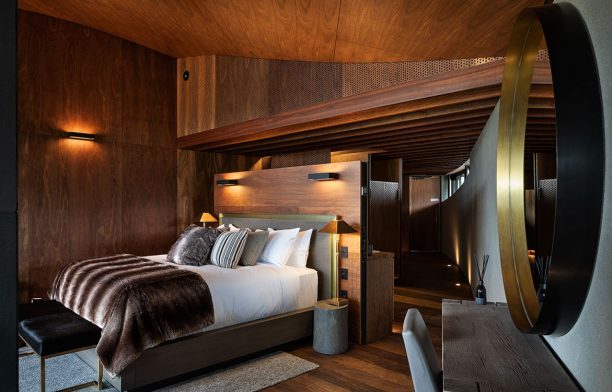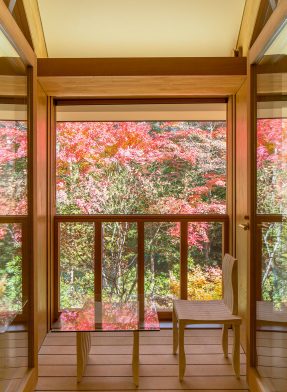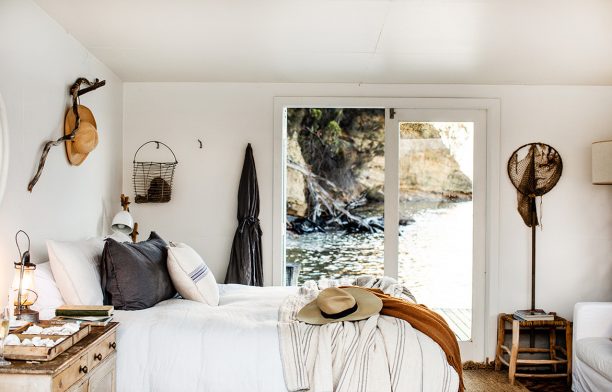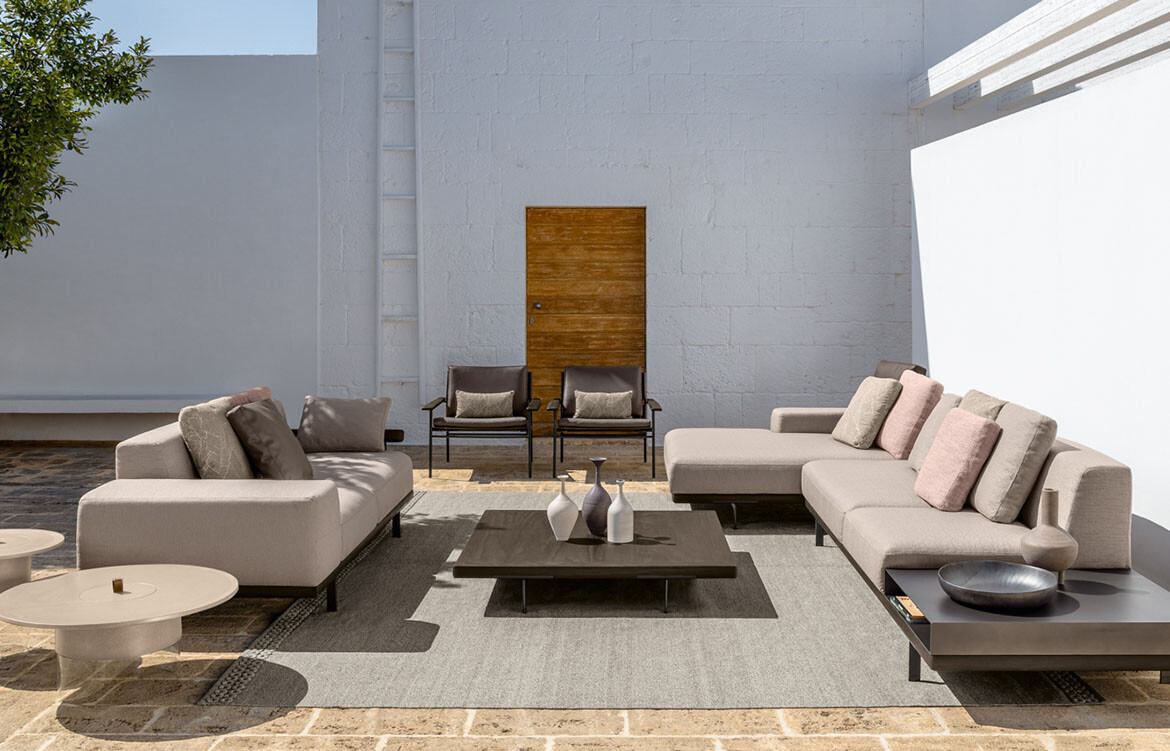From a secluded island shack in Tasmania to an idyllic resort in a mountainous region of Japan, 2019 saw the emergence of many great places to stay across the Indo-Pacific region. These five however, deserve a special mention, for they are officially on Habitus’ list of dream places to stay.
Lindis Lodge, New Zealand

Solitude and scenic beauty are the dream combination for hoteliers and proprietors, but when the scenery is out-of-this-world stunning, it can also pose a unique problem. How does one design a holiday stay that feels in harmony with its natural surroundings, but also creates the impression that the building is a destination in its own right? For anyone pondering the issue, Lindis Lodge, in New Zealand’s Southern Alps, provides the blueprint for this delicate design dance.
Photography by Patrick Reynolds. Read the full story here.
Alila Bangsar, Kuala Lumpur

On the ground floor, the regular intervals of openings of the structural grid are turned into entry doors and protective canopy. A large number of potted plants and timber finishes work in tandem to soften the structure’s colossal scale. At the hotel’s upper lobby on level 42, guests are welcomed into a double-height space with a fully glazed facade that maximises natural light. In the evening, the space would glow like a lantern in Kuala Lumpur’s glittering skyline. Next to the lobby is the centrepiece of the hotel’s urban oasis concept. Neri&Hu broke the structure open and inserted a three-storey-high courtyard around which all activities in the hotel are centred.
Photography by Pedro Pegenaute. Read the full story here.
Shishi-Iwa House, Japan

An idyllic resort within a mountainous, picturesque setting of the Nagano Prefecture, an hour away from Tokyo, Shishi-Iwa House sits like a well-fitted glove within its context. Crafted in a curvilinear formation with an undulating roof that mimics the treeline of the canopies of the surrounding forest, the retreat focuses on creating connections with nature from the outside inward and, likewise, from the inside to the outside, allowing the resort’s garden to set a living backdrop via strategic openings to encourage outdoor access and views.
Read the full story here.
The Calile Hotel, Brisbane

With 175 rooms including 11 suites, an elevated central 27-metre pool and deck, an award-winning restaurant, day spa, cocktail bar and retail offering at both ground level and pool level, The Calile Hotel is a staggering brief to take on for any practice, let alone one that hadn’t yet explored a hotel project. But for Ingrid Richards and Adrian Spence, co-directors of their eponymous practice, it was a natural progression in their strong working relationship with Calile Malouf Investments, the company behind much of the James Street revival.
Photography by Sean Fennessy. Read the full story here.
Satellite Island, Tasmania

Satellite Island itself is small, but larger than what you might think. There is one main house named the ‘Summer house’ and also another called the ‘Boathouse’, which is where you can sleep above the water. No shops to duck into for supplies or any other distractions. Though the island itself is very self sufficient. Early each evening I would collect mussels, dive for abalone and shuck oysters from the ancient rock shelf which circles the remote island. It was wonderful being able to collect what you needed, while observing the natural beauty of the coastal landscape. A primal routine. I would spend the days exploring and photographing the rock shelf and watching the tide come in and out, bringing with it beautiful sea treasure in the form seaweed, kelp and shells.
Photography by Kate Rosenlund. Read the full story here.


























